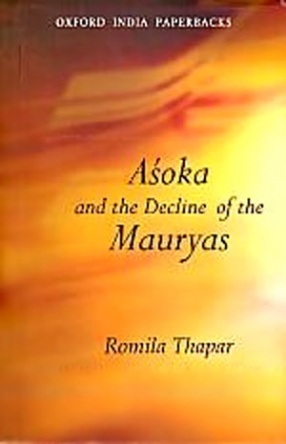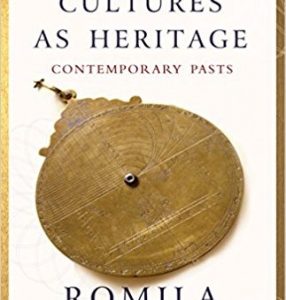
Romila Thapar

27 books
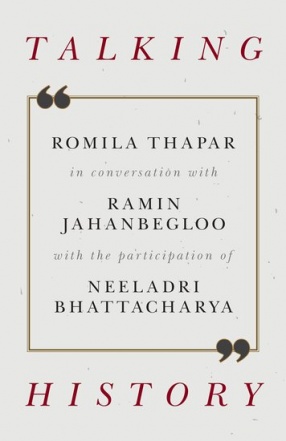
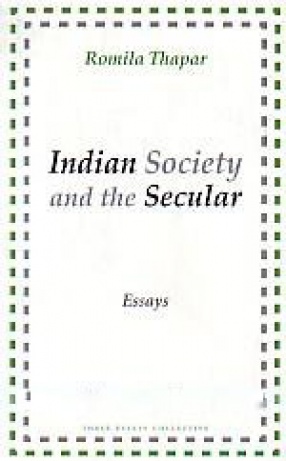
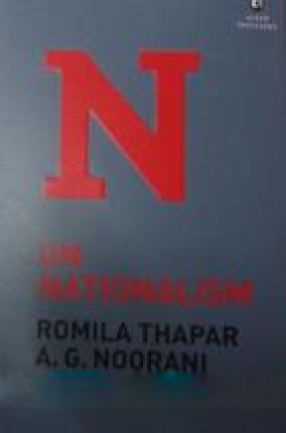
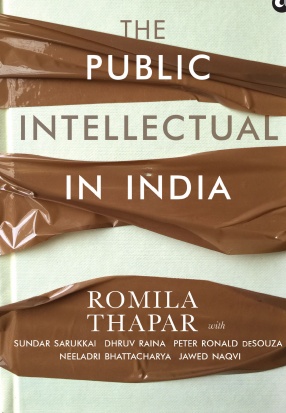

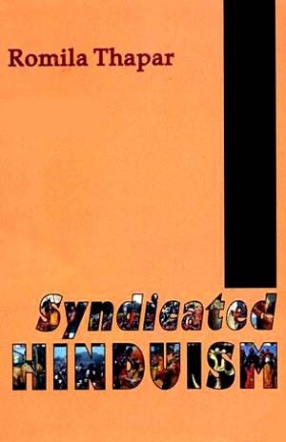
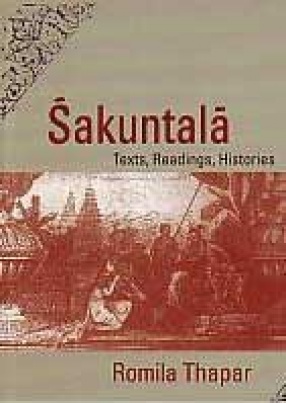
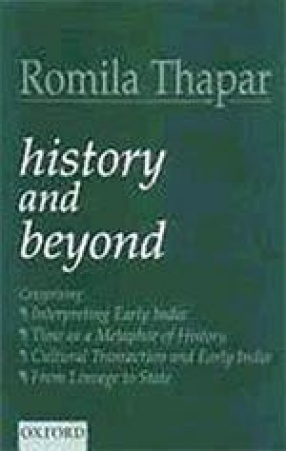
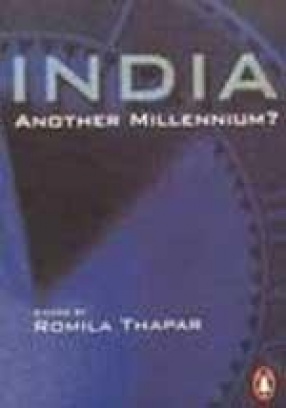
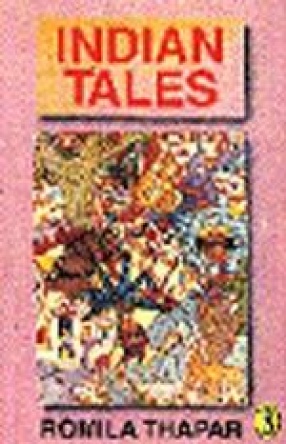


Every society has its cultures: the patterns of how people live and express themselves, and how they value objects and thoughts. What constitutes Indian heritage and cultures has been much discussed. Romila Thapar begins by explaining how the definitions of the concept of culture have changed since the last three centuries, and hence require added attention. Cultures when defined by drawing on selected items and thoughts from the past, remain relatively unknown, ...
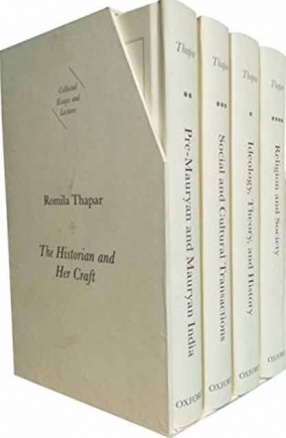
This is a set of four volumes aimed at bringing together the best research by Romila Thapar to showcase her academic contributions to the understanding of history and historiography in India. The four volumes will focus on bringing together all the lectures and papers on an area of her work-historiography, Mauryas and Mauryan India, Social and Cultural Transaction, and Religion and Society. Each volume also includes a detailed interview with the author and a ...

In a series of candid conversations, Romila Thapar, a widely read, discussed and cited historian of our times, muses on a range of issues that impact history writing in modern India. Apart from exploring Thapar’s far-reaching influence as an authority on the history of early India, Talking History examines themes such as the function of a historian, the centrality of historical research and evidence, oriental despotism, the ongoing conflict with religious ...
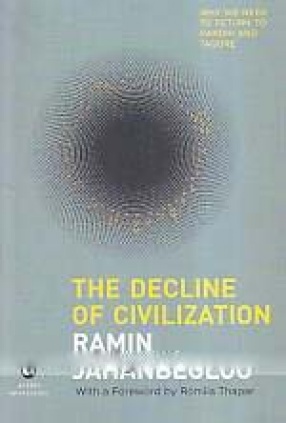


What is true nationalism? What is pseudo-nationalism? What is anti-national? What is patriotism? Is the shouting of nationalist slogans important to prove one’s patriotism? Why is Bharat Mata ki Jai so important to the right wing? Why does the law of sedition continue to exist on the statute book of an independent country? Who should the sedition law be used against? Why is cultural freedom important to a nation? What sort of India do we want? What sort of ...

The public intellectual in India is an endangered species. Should we care? In this well-argued book, Romila Thapar and others tell us why we should. Thapar begins by defining the critical role that such individuals play in our societies today. Collectively, they are the objective, fearless, constructive voice that asks the awkward questions when government, industry, religious leaders and other bulwarks of society stray from their roles of ensuring the proper ...
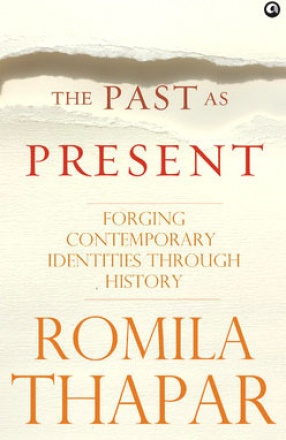
Many popularly held views about the past need to be critically inquired into before they can be taken as historical. For instance, what was the aftermath of the raid on the Somanatha temple? Which of us is Aryan or Dravidian? Why is it important for Indian society to be secular? When did communalism as an ideology gain a foothold in the country? How and when did our patriarchal mindset begin to support a culture of violence against women? Why are the ...
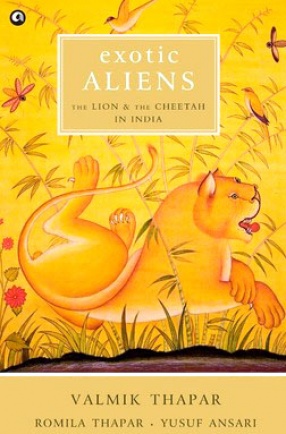
In the sixteenth century, Dutch traveller Jan Linschoten noted the absence of lions throughout the Indian subcontinent. Two hundred years later, echoing similar comments made by various hunters and observers of Indian wildlife, the British shikari and writer, Captain Thomas Williamson, emphatically declared: There are no lions in Hindustan. Much the same was said about the cheetah in the region. These observations piqued the interest of well-known naturalist ...

This book discusses the period from 1000 BC to the end of the sixth century AD. Divided into five thematic sections, the first section discusses questions like perceptions, historical consciousness, and approaches to the study of ancient Indian history. The second and third parts give a detailed account of changes in society and economy and the evolution and transformation of the political formations from ancient times. The segment on religion presents ...
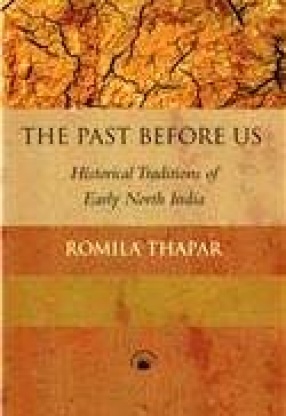
It has so often been said that Indian civilization lacks historical writing and therefore a sense of history that this notion passes for a truism. There has been little attempt to show up the falsity of the generalization. In the present book a magisterial historiographical survey of every major form within which ancient North Indian history is embedded or evident Romila Thapar shows an intellectually dynamic ancient world profuse with ideas about the past, an ...
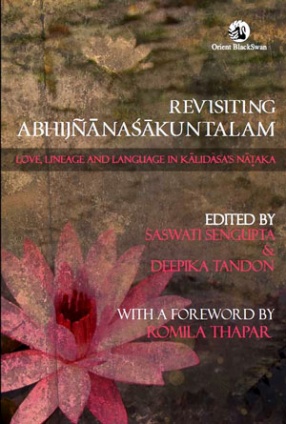
Kalidasa’s Abhijnanasakuntalam has an iconic status in the history of Indian literatures. It is a tale of love found, forgotten and restored between Dushyanta, the hero king, and Sakuntala, an innocent maiden.
Bringing together linguists, literary critics, historians, Indologists and Sanskritists, Revisiting Abhijnanasakuntalam analyses the play as more than just a figment of imagination as a rich terrain for exploring links between culture, history and ...

Hindu missionary organizations, such as those attached to the Ramakrishna Mission, the Arya Samaj, the RSS and the Vishva Hindu Parishad, taking their cue from Christian missionaries are active among the adivasis , mainly Scheduled Castes and tribes. They are converting these latter groups to Hinduism as defined by the upper caste movements of the last two centuriesBut the significance of dharma was that it demarcated sharply between the upper castes the dvija or ...




These four books are on seemingly discrete and different aspects of early Indian history, yet they are interconnected. Historiography links many facets, concerned as it is with interpretations of the past. In recent years historical interpretation has drawn on other disciplines and this is evident in Interpreting Early India. The subject is history, but the discussions in this work move beyond history to provide a glimpse of explorations of new historical ...
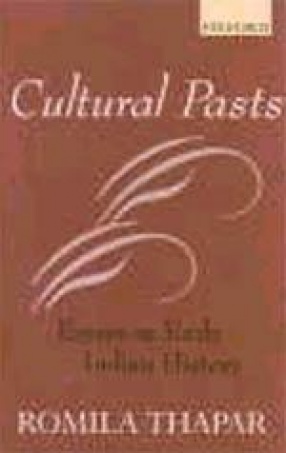
Cultural Pasts is a collection of papers and lectures on a range of subjects pertaining to early Indian history, written over the last thirty years and published in various journals. Their collective publication makes them now more accessible. The focus of much of the contents is on historiography and on the changing dimensions of social and cultural history. The essays have been grouped thematically so as to give direction to the focus. The nine thematic groups ...
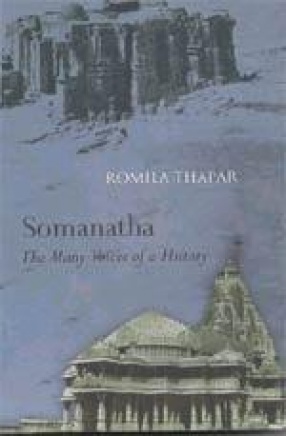
In 1026, Mahmud of Ghazni raided the temple of Somanatha. The history of this raid and subsequent events at the site have been reconstructed in the last couple of centuries largely on the basis of the Turko-Persian sources. There were other sources that also refer to events at Somanatha throughout a period of almost a thousand years, but these have rarely been quoted when reconstructing this history. Until very recent times, there were few attempts to either ...

The concept of the Millennium encompasses a sense of progress and the hope for a better future. Pursuing this notion, the present collection of essays edited by Romila Thapar, and accompained by her introduction, explores the challenges before twenty-first-century India in its quest for a democratic and just society. Globalization and the revolution in information technology provide a new context to the problems faced in contemporary times by Indians. But will ...
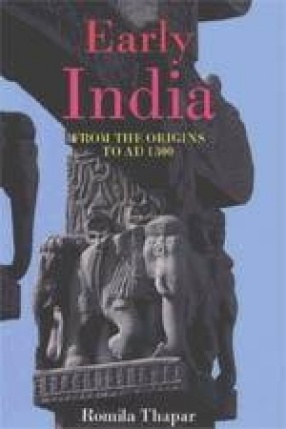
The history of early India has a unique grandeur and importance. The allure and excitement of its ancient legends, the sheer longevity of its civilizations, the evocative historical sources and monuments that remain and its overwhelming significance for Eurasian history as a whole make it one of the cornerstones of human experience. This definitive work brings to life thousands of years of Indian history: its prehistoric beginnings; the great cities of the Indus ...

An exciting and entertaining collection of stories full of color and enchantment of India. These 16 tales - of heroes and heroines, their adventures, misfortunes and triumphs - have been told to generation of people who have laughed or shed tears over them or pondered on their timeless wisdom. Some stories have a happy ending, others haunt us with their sadness, and all of them should delight the young reader.

